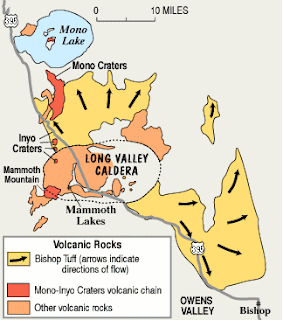The 1906 San Francisco Earthquake
Many scientists consider the “Great Quake” of 1906 as one of the most important in history. But why?
It is not the largest earthquake ever or the most destructive one. The San Francisco earthquake, however, had long-lasting effects other than the collapse of buildings.
It changed the way Californians live their lives and changed the way scientists think about earthquakes.
How did it affect everyday people?
After much research, it became clear to scientists that the 700 reported deaths from the San Francisco earthquake were avoidable.
The earthquake itself was not what caused most of this destruction.
The large majority of these deaths happened because buildings were made very badly or they had been built on unstable soil.
This affected poor people the most because they lived in the parts of town where the worst buildings were made.
Because of the unnecessary destruction, laws have been passed requiring buildings to be more earthquake-safe.
This has lowered the number of deaths in later earthquakes and kept Californians safer.
How did it affect scientists?
Much of what we will learn about earthquakes is based on what happened in the 1906 earthquake.
It helped scientists realize that earthquakes don’t create faults – they happen along faults.
They also noticed that earthquakes happen after long periods when the Earth’s crust is under pressure. After many years of the pushing, pulling, and sliding because of plate movements, the crust suddenly slips and causes an earthquake.
Scientists discovered all of this information, and the theory of plate tectonics was not even formed yet.
But when the time finally came to connect earthquakes to the movement of the tectonic plates, the 1906 San Francisco earthquake played an extremely important role.



